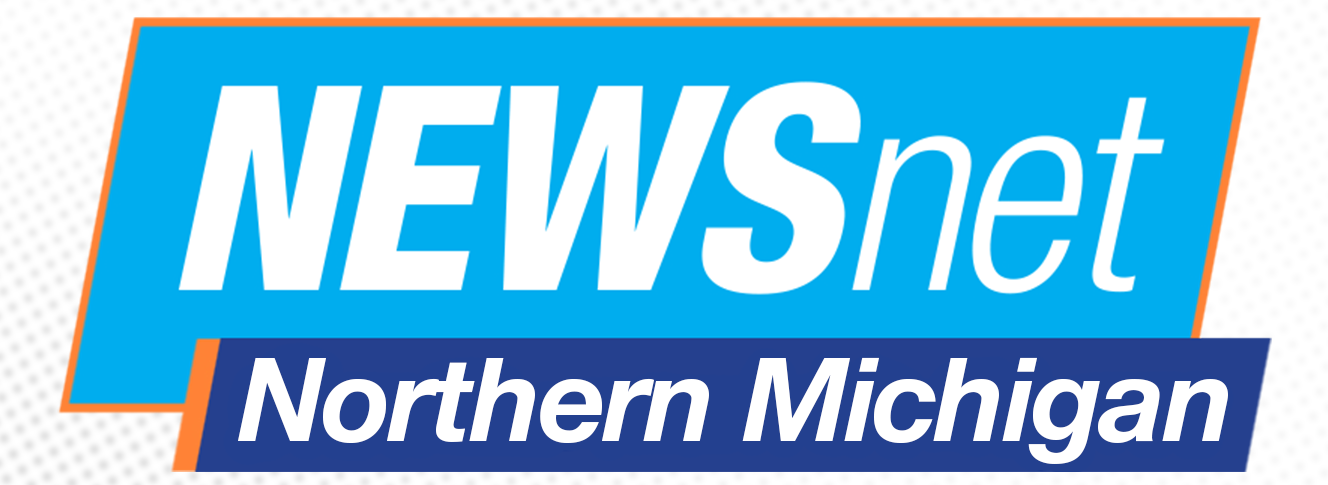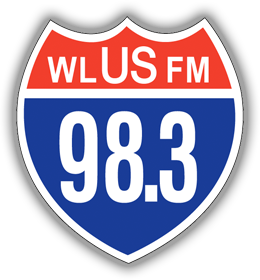It may also include granting encumbrances on real property. Typically, the process involves two phases: exchange of contracts and completion. In this article,
LEAD Conveyancing Brisbane will discuss each phase in detail. Hopefully, we've given you a good overview of the process.
Transferring property ownership
Conveyancing refers to the transfer of a property's right to another party. Usually, this occurs through a deed that specifies the purchase price, date of transfer and other terms of the sale. The deed serves as the legal title of the property and is used by the seller and buyer to transfer ownership of it. The process can be lengthy and complex, so it's important to seek legal advice when moving.
Generally, a conveyance takes place when a person manifests their intention to transfer ownership of their property. The conveyance process is completed when a person signs a deed that transfers ownership of their property. The deed must describe the land, show the original owner, and be signed by both parties. Once signed, it becomes a legal document that establishes the new ownership of the property.
Conveyancing can be simple if all parties agree to transfer the property. It may not involve searches and other paperwork like a sale. However, the process of transferring ownership can be complicated if there are mortgages involved. The process may require additional paperwork as well. In addition to completing the process, the grantor must be able to sell or give away the property and have no other claims on it. The grantee must also be clearly named. During the conveyance process, the grantee may decide to own the property outright or share it with a partner.
Generally, a conveyance process includes a contract of sale, which acts as the purchase and sale agreement. Once the contract is signed and the seller and buyer agree to purchase the property, the seller must present a copy of the land title to the buyer. The seller should also provide a vendor's statement, which contains important details about the property sold. These documents must include the information below:
Another way of transferring property ownership is through a deed. A deed identifies the buyer and seller, outlines the property's legal description, and provides a legal avenue for new ownership. The buyer and seller sign the deed under a notary witness. Deed transfers can be quick if all parties are in agreement and the property title is free from liens. So, if you're looking to sell your home and transfer your ownership, a deed may be the best choice for you.
Legal documents used in the process
The deed of conveyance is a type of sales deed that documents the transfer of ownership and authority over a property. Because of the legal technicalities of conveyance, this document is crucial for the home buyer. It can protect the buyer from fraud by stating who is the legitimate owner. The deed is also used to transfer title to a property, so it is crucial that a seller's name be listed on it.
There are many different types of conveyancing documents. Typical conveyancing documents include a contract of sale, title, mortgage, certificate of liens, pro-rata property taxes, fire insurance binder, and side agreements. Some contracts also contain a declaration of trust or a deposit. In some cases, these deposits are forfeited as liquidated damages. Other words commonly used in conveyancing are grant, devise, and conveyance.
When a person decides to sell a property, they must follow a legal procedure called conveyancing. This means signing a written contract called a conveyance instrument. This document outlines the buyer and seller's obligations, the purchase price, and other details of the sale. It also stipulates how the buyer and seller will pay for the property and when the property will actually transfer. The conveyance instrument is very important for the security of both parties, so it's essential to understand what the documents are before putting them to use.
A conveyance deed is an essential document for the process of conveyancing. It transfers the title of a property to the legal owner. It may also be a gift, exchange, mortgage, or lease deed. Whether it is a gift or exchange deed, a deed is essential. A valid conveyance deed is an important part of the home buying process.
Having a licensed conveyance attorney is vital when buying or selling a property. They will be able to help with the legalities of the transaction and prepare the contract of sale or the vendor disclosure statement. The conveyancer will review the contract and advise the buyer on the best course of action to take. They will also calculate any adjustments made to the property until the settlement. If the sale is a purchase, the buyer must pay an additional amount to the seller to cover any payments made to the seller and/or to the seller prior to the closing date.
Taxes involved in the process
A conveyance is the transfer of the legal title of property from one owner to another. The process also involves transferring an encumbrance such as a mortgage. In the United Kingdom, there are two major phases involved in conveyancing. The first phase is the exchange of contracts, which creates equitable interests in the property. The second phase is completion, during which the legal title passes and the equity of the buyer merge with the ownership of the seller.
Transfer Duty is a tax on the value of the property, which includes land, fixtures, real estate rights, and mineral rights. This tax applies to all transactions involving property, and all conveyancers are required to register with SARS. Moreover, they must use the correct tax rate, which depends on the date of acquisition. This tax is payable by both parties, irrespective of whether the buyer or seller is a resident or non-resident.
Time frame involved
The average time frame involved in conveyancing is 8 to 12 weeks, though it can take longer if the property is part of a chain. The solicitors involved in the transaction must carry out all the necessary work, and this can take several weeks or even months, depending on the size of the chain and the complexity of the sale. However, this time frame can be shortened if the solicitors and other professionals involved can speed up the process.
LEAD Conveyancing Brisbane offers no-fuss settlement and prompt response. They have a guaranteed 48-hour response time and will provide you with legal advice and support throughout the process. LEAD Conveyancing Brisbane is dedicated to meeting its clients' needs. You can trust that they will work on your behalf to ensure that your sale is completed quickly and efficiently. You can rest assured that they will work to protect your interests and minimize your costs.
Once the buyer and seller have exchanged contracts, the conveyancing process starts. The solicitor and estate agent will need to conduct searches on the property and make pre-contract enquiries. Once all the checks are complete, the exchange of contracts will take place. After that, the completion date can be set. This date is determined by the seller and the buyer and can be as short as the next day of their respective workdays. The buyer and seller can legally complete the sale on the same day.
When the buyer and seller exchange contracts, the solicitors will draw up a contract, which outlines the conditions of the sale. This document should include details of the property, price, warranties and any other terms and conditions. The buyer's solicitor should review the contract and negotiate any changes if necessary. If the buyer is unhappy with the terms of the contract, he or she can withdraw from the agreement within the cooling-off period, which is generally 5 days.
LEAD Conveyancing Brisbane QLD handles both residential and commercial transactions. They have a broad range of experience in both rural and suburban areas. Their lawyers are well-versed in the local laws and practices and will guide you in all aspects of the transaction. A Brisbane home is a significant investment. Brisbane is an excellent place for investment. If you buy a property here, you can sell it for much more than you paid for it.
The process is usually lengthy, but you can speed things up by enlisting the help of a conveyancing solicitor. The first step in the process is choosing the solicitor, which is known as 'pre-contract'. Then, the solicitor will approach the seller and arrange a time for the conveyancing process to start. Typically, this process takes between 8 to 12 weeks, but the exact length of the chain and any delays in other transactions may affect the timing.
Whether you are buying a residential property as an individual or a company, you'll need a qualified professional to complete the transaction. While you may be tempted to purchase a property as a business, consulting with a lawyer and financial advisor is essential. You need a skilled professional to get the job done right the first time. You don't want to end up in a situation where you're unhappy with your purchase.
The process can take more time than you might think. The availability of documentation, the geographical location of the property, and the type of mortgage can all delay the process. Specialist mortgages can take even longer to complete, and any special circumstances can make the process longer. Further, a new build property can be very complicated, so a delayed move-in date may extend the process significantly. Ultimately, you should use a conveyancing lawyer only when you can trust them.
The best conveyancing lawyer will be able to make all the necessary documents. This includes a contract of sale and vendor statement. They'll also be able to help you with ancillary documents such as title deeds. With this, it's crucial to have a professional conveyancing lawyer in Brisbane because they can protect your interests. A good legal team will be able to negotiate with the seller.



































